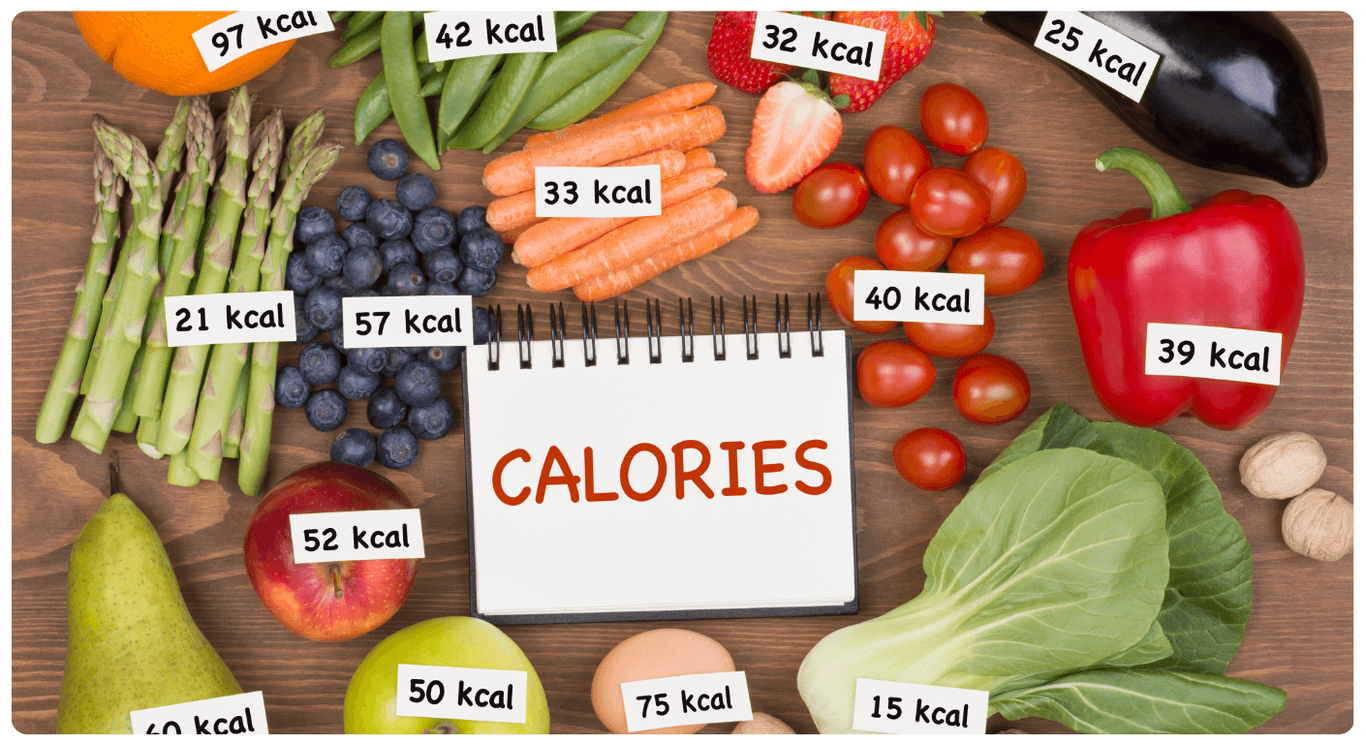How to Calculate Your Caloric Needs
Knowing your caloric needs is the first step toward achieving your fitness goals, whether you’re aiming for weight loss, muscle gain, or maintenance. Calculating these needs allows you to create a personalized plan that ensures you fuel your body effectively without overeating or undereating.
Understanding your daily calorie requirements also helps you achieve an energy balance, which is essential for maintaining overall health. Tools like the Harris-Benedict Formula Overview and resources explaining TDEE Explained can guide you through these calculations.
What Are Caloric Needs?
Your caloric needs refer to the number of calories your body requires to:
- Support essential bodily functions (Basal Metabolic Rate or BMR)
- Fuel daily activities (Total Daily Energy Expenditure or TDEE)
Factors like age, gender, weight, activity level, and fitness goals all play a role in determining your caloric requirements.
Why Knowing Your Caloric Needs Is Crucial
- Avoid Overeating or Undereating: Consuming too many or too few calories can lead to weight gain or nutrient deficiencies.
- Support Specific Goals: Tailor your caloric intake to match your objectives, whether for fat loss, muscle gain, or maintaining your current weight.
- Optimize Health: Ensure you get enough energy to support your daily activities and workouts.
Learn how to calculate these requirements with tools like the Online Calorie Calculator.
Step-by-Step: How to Calculate Your Caloric Needs
1. Calculate Your Basal Metabolic Rate (BMR)
BMR represents the calories your body needs to maintain basic functions like breathing and circulation. Use one of these formulas:
- Mifflin-St Jeor Equation:
- For men:
BMR = 10 × weight (kg) + 6.25 × height (cm) – 5 × age (y) + 5 - For women:
BMR = 10 × weight (kg) + 6.25 × height (cm) – 5 × age (y) – 161
- For men:
- Harris-Benedict Formula: Adjusted to include physical activity levels, making it ideal for those with varying activity.
2. Determine Your Total Daily Energy Expenditure (TDEE)
TDEE includes your BMR plus the calories burned through activity. Multiply your BMR by an activity factor:
- Sedentary (little exercise): BMR × 1.2
- Lightly active (light exercise/sports 1–3 days a week): BMR × 1.375
- Moderately active (moderate exercise 3–5 days a week): BMR × 1.55
- Very active (hard exercise 6–7 days a week): BMR × 1.725
- Extra active (physical job or intense training): BMR × 1.9
3. Adjust for Your Goals
- Weight Loss: Subtract 500–750 calories for a gradual, healthy calorie deficit.
- Muscle Gain: Add 300–500 calories to create a surplus while focusing on protein intake.
- Weight Maintenance: Match your TDEE to keep your weight stable.
Common Mistakes to Avoid
- Overestimating Activity Levels: This leads to consuming more calories than needed.
- Ignoring Nutritional Quality: Ensure your calories come from nutrient-dense foods.
- Skipping Regular Recalculations: Your caloric needs change with weight, age, and activity levels.
FAQs
Q: How often should I calculate my caloric needs?
A: Every 3–6 months or after significant weight or lifestyle changes.
Q: Are online calorie calculators accurate?
A: They provide estimates. Factors like genetics and metabolism may cause slight variations.
Q: Can caloric needs change?
A: Yes, due to age, activity, or weight changes. Regular reassessment is essential.
Conclusion
Calculating your caloric needs is a foundational step in achieving your health and fitness goals. By understanding your BMR, TDEE, and specific caloric adjustments, you can create a plan that’s tailored to your needs. Use reliable resources like the Online Calorie Calculator to get started today and take charge of your nutrition journey!
